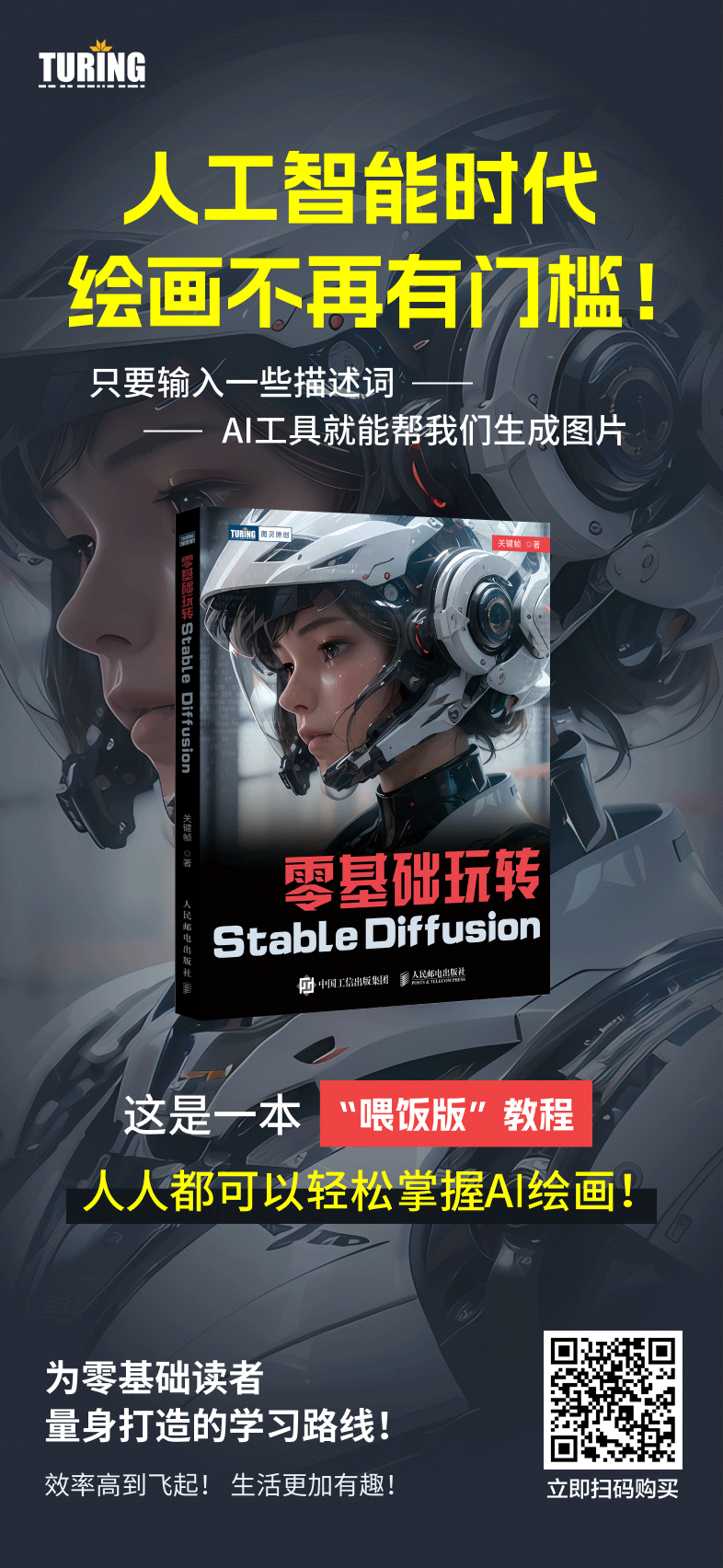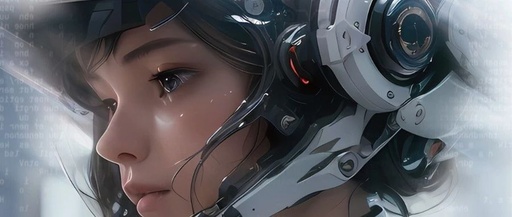In August 2022, a competition for emerging digital artists was held in Colorado, USA, where a piece titled “Space Opera” won first place in the “Digital Art/Digital Modified Photo” category. Amazingly, the author of this artwork had no background in painting; the piece was generated by AI.
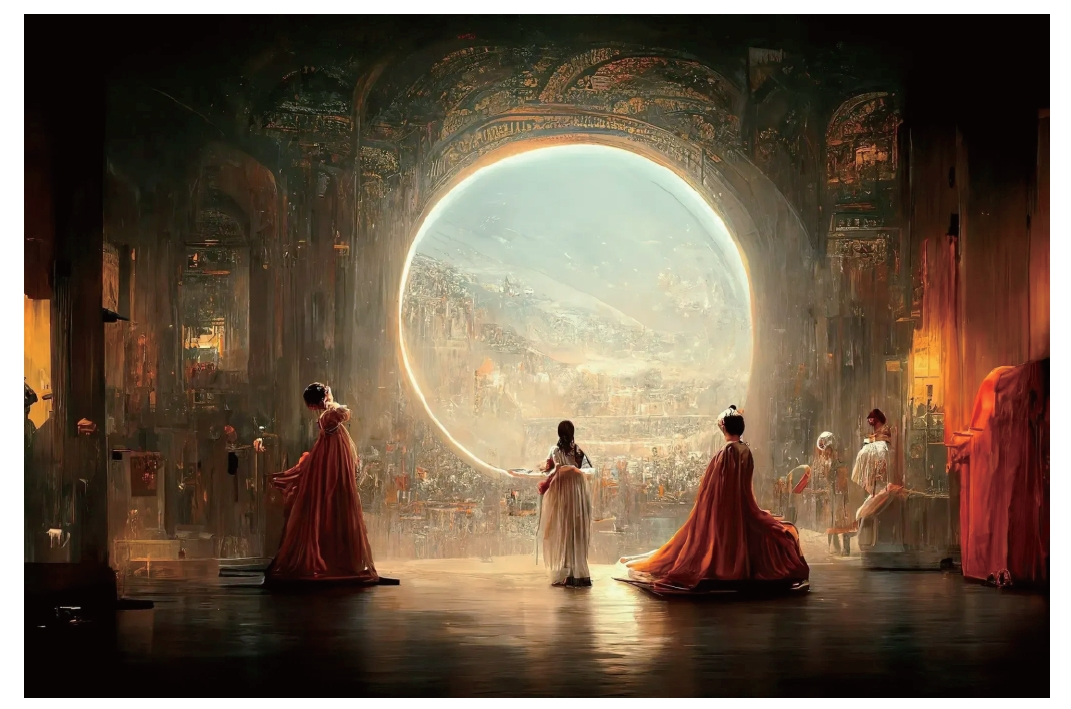
This event showcased the astonishing creativity of AI in the field of painting, demonstrating that AI-generated works can not only possess meticulously crafted details but also unique styles. More importantly, creators can generate high-quality works simply by clearly describing their creative needs in natural language. This moment turned ideals into reality, and this significant breakthrough has excited many who once dreamed of being painters or artists!
What is AI painting? AI painting refers to the use of artificial intelligence algorithms to generate images or paintings. It is based on machine learning models that can accept various prompts, guiding images, and other input parameters to create visual artworks in different styles and contents. For instance, Figure 1 shows the drawing result obtained by inputting the prompt “a cute cat” into the AI.
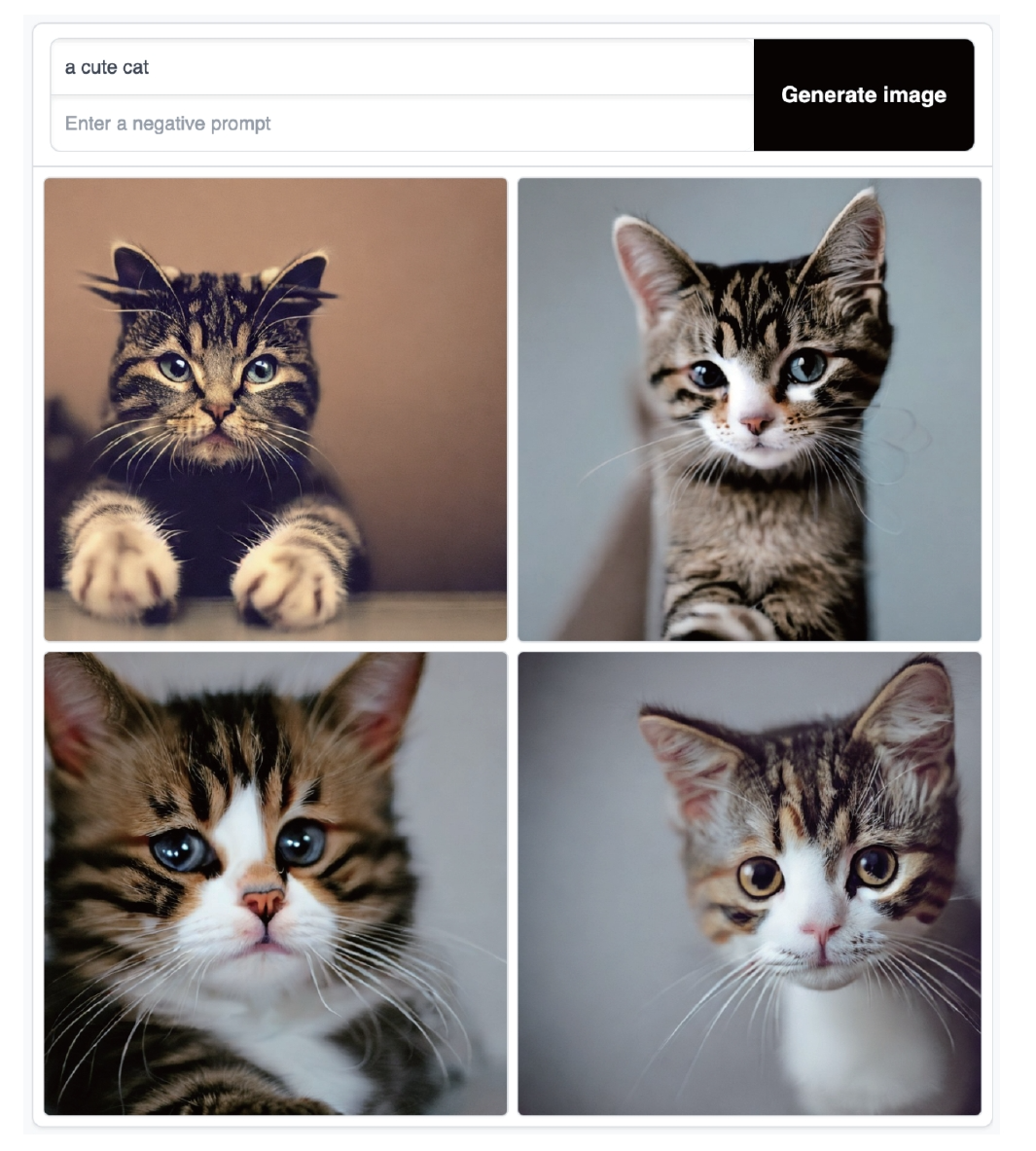
Figure 1 AI Painting: a cute cat
So, if we can casually say a few commands and produce beautiful images, will future illustrators and photographers cease to exist? Or can ordinary users without any painting experience also create high-quality artworks?
Of course, the answer to the former question varies among different users, but I can confirm that the answer to the latter is yes. The door to AI painting is opening for everyone, and to access this door, we must mention an excellent drawing tool: Stable Diffusion.
Among the popular AI painting tools today, Midjourney and Stable Diffusion are the most renowned, each excelling in different product strategies.
Midjourney’s advantage lies in its construction of an AI painting community through Discord, which allows users to learn from each other about prompt usage techniques, thereby stimulating user interest and product dissemination. Additionally, the large user base accumulates a unique dataset, enabling targeted model training based on user needs and rapid product iteration, creating a positive feedback loop.
Stable Diffusion’s strength lies in its ability to run on most personal computers equipped with suitable GPUs, and it has open-sourced its project code and model weights. This allows developers to build upon it for secondary development, creating plugins and tools, resulting in popular open-source projects like Stable Diffusion WebUI, LoRA, and ControlNet. This effectively increases the number of allies in the development of Stable Diffusion, significantly enriching its functionalities and features.
For users looking to use Stable Diffusion for AI painting, open-sourcing means greater flexibility and freedom. We can leverage the rich related models and extension plugins of Stable Diffusion to meet our unique AI painting creation needs, which is one of the important reasons we chose to introduce Stable Diffusion.
(1) Training a diffusion model requires finding a large number of high-quality image datasets. The training begins with forward diffusion, where Gaussian noise is gradually added to each image until it becomes a completely noisy image (noise data). Throughout this training process, all steps are recorded, and a neural network is used to learn the relationship between noise distribution and data distribution in reverse, i.e., learning how to denoise a completely noisy image to generate a high-definition image, as shown in Figure 2:

Figure 2 Diffusion Model Training Process
(2) Once all high-quality images undergo step (1), a trained diffusion model is obtained, allowing the machine to predict images based on noise. Thus, the entire painting process involves the AI predicting what kind of image can be drawn from a set of random noise (random numbers), essentially drawing an image from a chaotic array of random numbers. It is a miraculous process, but the impressive outcome is that it produces images of very high clarity and well-defined details.
Let’s admire a few high-quality images generated by Stable Diffusion~
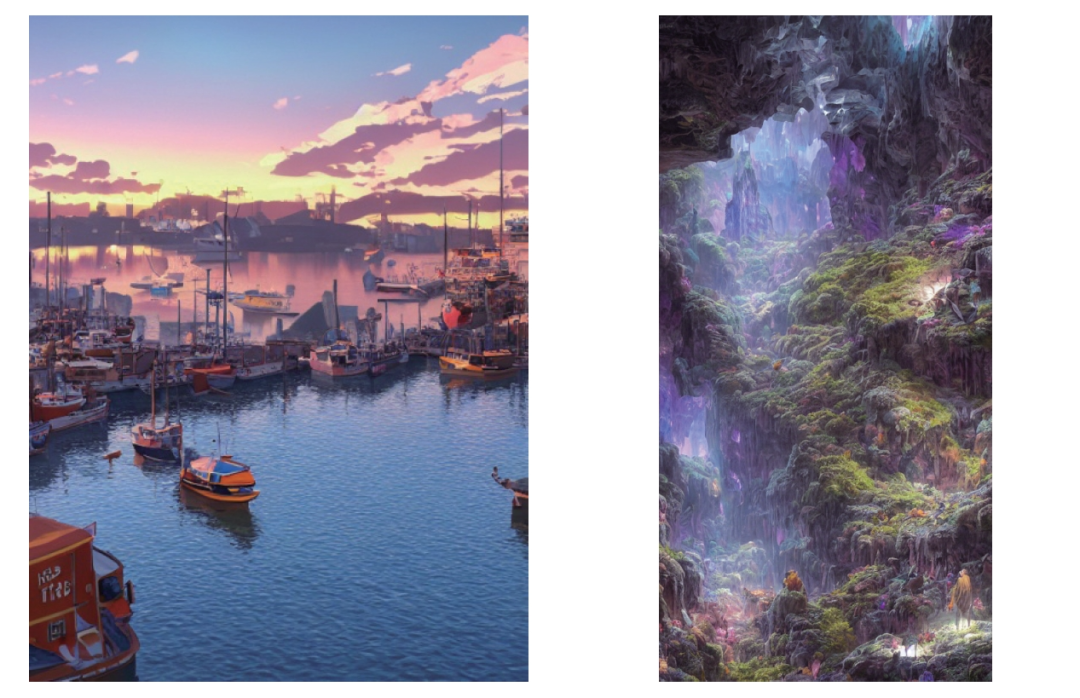
From left to right: Port; Crystal deposits in the cave below
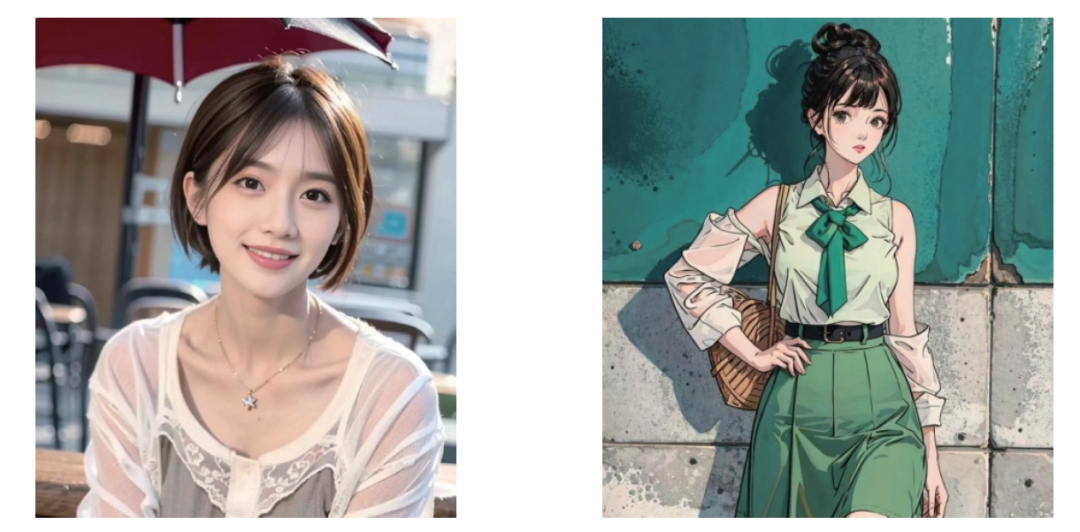
-
Digital Art Creation. As an AI painting tool, Stable Diffusion can assist artists in their creations. For example, with capabilities like image-to-image generation and ControlNet, Stable Diffusion can automatically color or generate drafts based on the artist’s doodles or sketches, greatly improving the efficiency of artistic creation.
-
Game Design. Stable Diffusion can assist designers in creating game assets such as characters, scenes, and items. Designers only need to provide conceptual materials, and Stable Diffusion can generate various styles of images for selection and modification, saving time costs in game asset design.
-
Advertising Creativity. Stable Diffusion can quickly produce various creative solutions and visual effects for advertisers to choose from and integrate, effectively expanding creative design ideas.
-
Educational Applications. The Stable Diffusion painting tool can also be used to create illustrated books, helping students learn painting techniques. For instance, Stable Diffusion can provide personalized painting guidance, practice, and assignments based on students’ painting progress and levels, enhancing their learning interest and experience.
-
Customized Products. E-commerce platforms can use Stable Diffusion to customize various products for users, such as clothing and phone cases. Users only need to provide an image or conceptual material, and Stable Diffusion can generate numerous personalized design options for selection, meeting users’ customization needs.
-
Interface Design. Stable Diffusion can quickly generate various interface styles for designers’ reference, expanding their creativity, especially useful in the initial concept design phase.
-
Interior Design. Stable Diffusion can also generate a variety of interior decoration schemes, providing creative references for designers. Similarly, leveraging Stable Diffusion’s capabilities can quickly offer clients a wide range of choices in the early stages, significantly enhancing designers’ work efficiency.
This is just a portion of the application scenarios for Stable Diffusion. With advancements in related technologies, the application scenarios for Stable Diffusion will continue to expand, becoming a great assistant for everyone to enhance creativity and productivity. Of course, artistic creativity and aesthetic judgment still require human expertise and insight; only by better integrating and complementing humans and machines can the design field develop further.
With so many application scenarios, I believe Stable Diffusion will be used by more people in the future and meet the needs of many, whether you can draw or not. Learning to use this tool will significantly boost your work efficiency and allow you to realize the infinite ideas in your mind.
Author: Keyframe
The book is divided into 5 chapters, covering various methods of using Stable Diffusion, including text-to-image generation, where you only need to describe it for it to draw, while also familiarizing yourself with the interface components. The tips on prompts are packed with practical insights, as the author analyzes grammar and structure, providing ready-to-reference prompts.
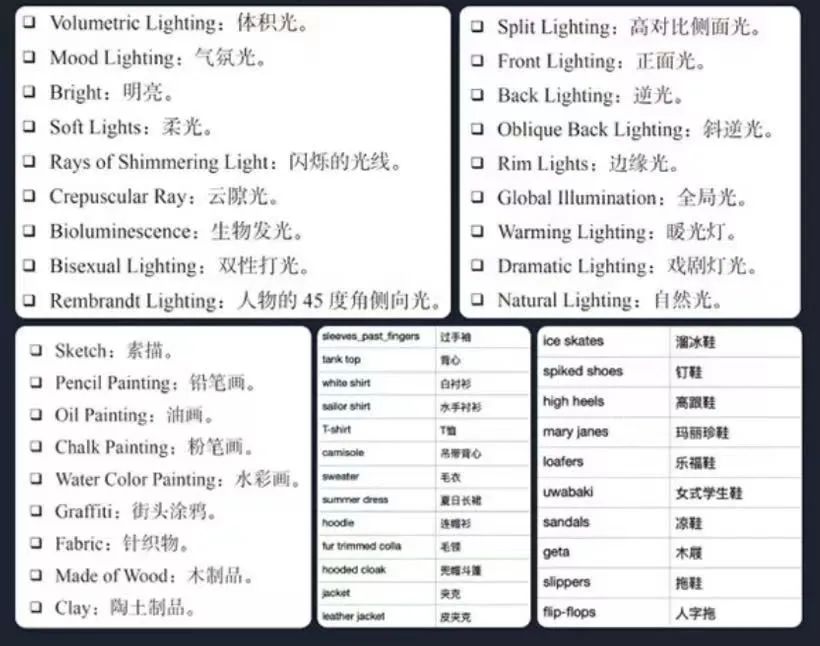
You can also perform partial redrawing, such as putting a hat on a cat or replacing an apple with a pear. Fixing and smoothing out blurry images: no more being stuck with low-resolution images! You can even derive prompts from images: a wealth of images serves as your prompt material. Expansion configurations, advanced techniques, and commonly used skills are all here!
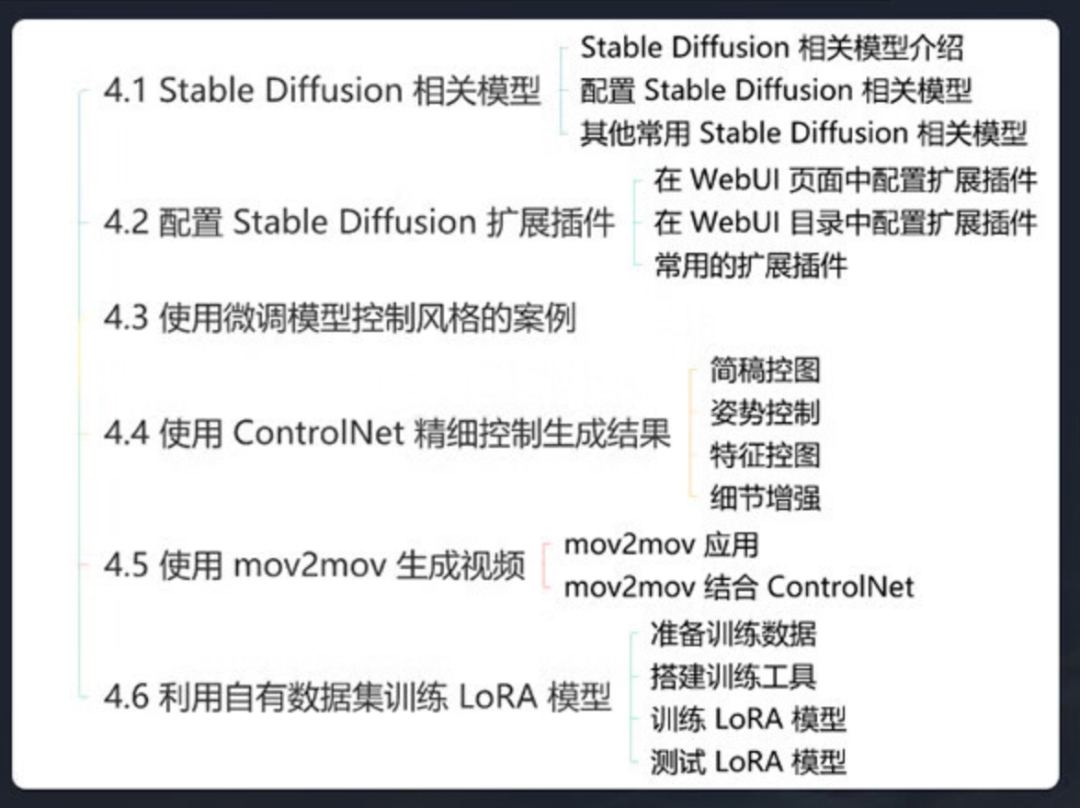
By mastering the underlying logic and effective methods of creation, Stable Diffusion can undoubtedly help you enhance work efficiency. One-click batch rendering, quickly determining style tones, eliminating manual trial and error!
Author Introduction
Keyframe, PhD from the Chinese Academy of Sciences, former technical expert at Alibaba, and the principal of the public account “Keyframe”, has long been engaged in the research and development and management of fundamental technologies and business in the internet content field. He is passionate about systematically sharing industry technical experiences and is well-received by fans. He is keen on exploring the development and business implementation of AIGC technology, possessing unique insights into the business prospects of AIGC.
Recommendations from Experts
This Stable Diffusion introductory book covers a very comprehensive range of content, with easy-to-understand language and rich illustrations, making it a rare practical guide on Stable Diffusion in the market, a great helper for graphic designers and amateur drawing enthusiasts.
——@Nausicaa, AI Painting Blogger
One-click to purchase the book and start learning 👇!
